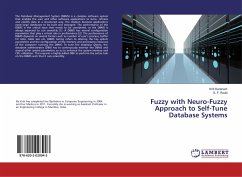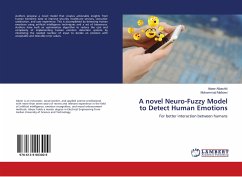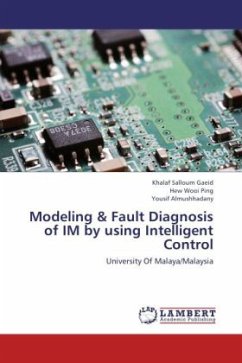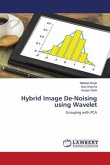The ultimate objective of brain-computer interface (BCI) is to provide humans an alternative communication channel allowing direct transmission of messages from the brain to a computer by analyzing the brain s mental activities. The BCI is usually described that a person has the ability to communicate with others without the prerequisite of brain s normal output pathways of peripheral nerves and muscles by controlling his own electroencephalographic (EEG) signals. In BCI applications, the performance and reliability of mental task analysis greatly depend on feature extraction and representation. In this book, a series of methods are proposed, including t-test-weighted time-scale plot, active segment selection, multiresolution fractal feature vector (MFFV) associated with genetic algorithm (GA), and neuro-fuzzy time-series prediction to effectively extract, select, and represent features for better classification accuracy. Compared to other well-known approaches, the experimental results show that the proposed methods are superior on both real finger movement and motor-imagery (MI) data for BCI applications.
Bitte wählen Sie Ihr Anliegen aus.
Rechnungen
Retourenschein anfordern
Bestellstatus
Storno








